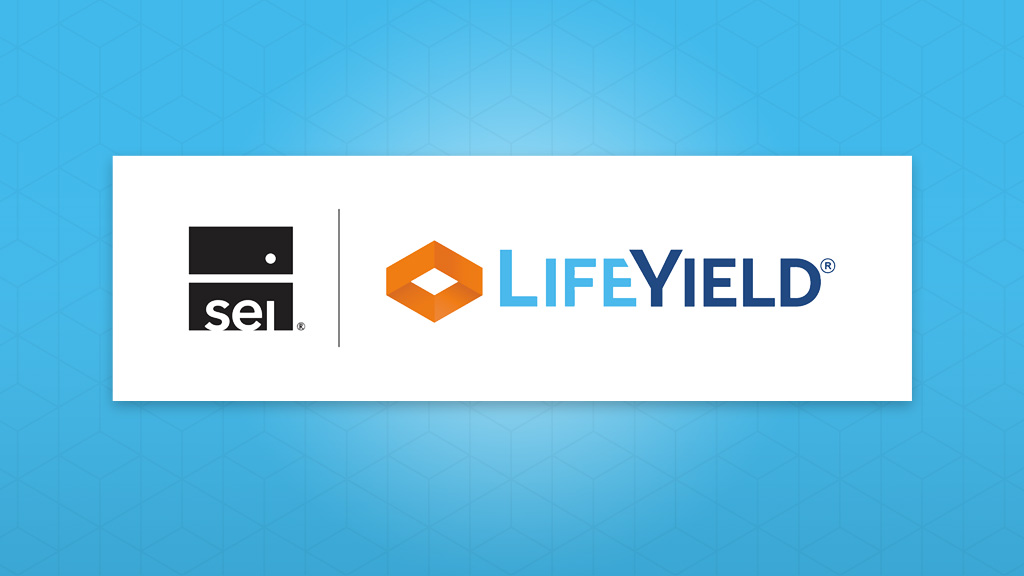The Benefits of Tax-Smart Rebalancing a Client’s Investments

Not too long ago, rebalancing was a differentiator for advisors. But with so many financial advisors adopting and promoting the practice today, if you’re not regularly rebalancing your client’s portfolios, you’re behind the times. Let’s face it, not all rebalancing practices are created equal, and some outright hurt your clients’ long-term tax efficiency.
Although clients may have read about the benefits of rebalancing and now expect advisors to complete the service for them, they don’t understand the tedious nature of the task, or how many layers there are in the process. This is especially true when considering how many households advisors serve and the various tax implications of each account within each household.
What is Rebalancing?
Asset classes perform differently, essentially guaranteeing intended portfolio mixes to become skewed away from original targets. Rebalancing is the process of realigning a portfolio back to its desired asset allocation as it inevitably drifts out of balance over time. It is typically performed on a set schedule, either quarterly, semi-annually or annually.
For example:
If a 70% stock/ 30% bond portfolio ends the year with 80% in equities because of an extended bull run in the stock market, a rebalance may include selling 10% worth of “overweight” equities and buying more bonds to return to the original allocation. Additionally, it could be accomplished by directing new investment money to underweighted assets, instead of selling the now overweight assets.
Rebalancing can also be done within asset classes, trading large-cap growth for small-cap value or international stocks, or high-yield bonds for U.S. Treasuries, as they become out of balance.
The primary benefits to rebalancing are:
- Re-establishing a portfolio’s targeted asset mix
- Removing human emotion and biases from investment decisions, which tend to undermine performance
- Minimizing risk
- Committing to diversification
Unless you’re 100% invested in a single security (and want to keep it that way), a rebalancing schedule is essentially always beneficial. However, despite all its positives, rebalancing has one primary drawback, and it all comes down to taxes.
What is Tax-Smart Rebalancing?
Tax efficiency is one of the most effective levers you can pull to generate value for clients. Demonstrating a measurable degree of competence in this arena is a significant selling point for any advisor. Most high-net-worth clients have taxable investments, and they all look for a firm that can demonstrate how they will reduce the amount of taxes they need to pay.
Selling high performing assets in a taxable account means realizing capital gains, which results in taxes owed to the government. The goal, then, should be to rebalance a portfolio without triggering a large tax bill and to rebalance in a way that minimizes tax drag on the entire portfolio over time.
There are several strategies you can employ to do just that.
A Few Tax-Aware Strategies
- Tactically Invest New Money – Instead of selling securities to buy others, consider directing new deposits and contributions towards underweighted assets to bring the portfolio back into the desired mix. Any dividends or investment income generated by the portfolio can also be used in this manner.
- Use Tax-Advantaged Accounts – Tax-advantaged accounts (like a 401(k), 403(b), TSP, IRA, HSA, etc.) protect investments from taxable gains. Any sale of an appreciated asset in one of these accounts is protected from taxes. If a rebalance includes using an asset allocation strategy across multiple accounts, make the most of the opportunities in retirement accounts by selling appreciated investments.
- Tax-Loss Harvesting – These transactions involve selling one asset that is trading at a loss and replacing it with a similar asset. This recognizes the losses while maintaining the desired exposure to the asset class. It is only beneficial in taxable accounts, where the capital losses can be written off.
As you implement these strategies, keep in mind the importance of a coordinated approach to rebalancing. This allows advisors to implement the asset allocation for the household, thus being able to recognize the benefits of each account type across the entire investment portfolio. Firms can leverage the location of the investments as a tool to grow wealth long-term by minimizing tax drag and maximizing tax deferral while meeting the target asset allocation.
Finding A Solution
The entire rebalancing process necessitates a solution that is convenient, innovative, efficient, and holistic. It requires a household-level approach to fulfill the needs of today’s clients using a product that delivers a seamless integration into your firm’s tech stack. For financial advisors, rebalancing is no longer an optional offering. It’s table stakes. But a tax-efficient approach to this can be a differentiator and a way to build trust with clients.
Any time we talk about selling appreciated assets, talk of taxes is close behind. Ensuring you’re rebalancing in the most tax-efficient way is critical. If that includes tax-loss harvesting or just being aware of which type of accounts you’re selling in and where you’re directing new investment dollars – this is a good start. But managing this manually is a nightmare.
The question, then, is finding the best way to effectively and efficiently perform rebalances within each client’s household portfolio across your entire book of business. Fortunately, LifeYield can complete this with ease and is designed to seamlessly integrate with your existing software. It is holistic, tax-smart rebalancing with the click of a button.
Monthly insights from our Chief Growth Officer, Jack Sharry
Get exclusive insights and interviews from around the industry

 By
By 




